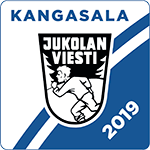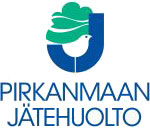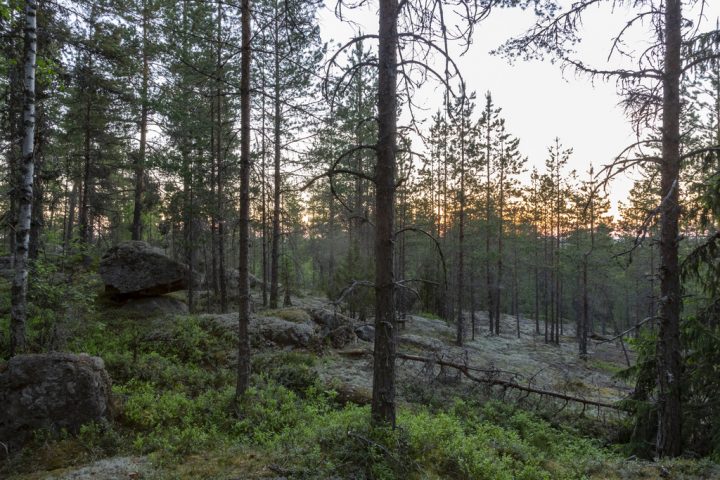The Kangasala-Jukola Course setters Petteri Laitinen and Jarkko Liuha completed the plans for the course last autumn, but this spring has seen them actively inspecting the competition terrain. Have you found any surprises after the winter months?
– The Kangasala-Jukola terrain has survived the winter quite well. Logging has only been done in anticipated areas and will have no effect on the performance of the competitors. Older (1-3 years) logging areas have decomposed sufficiently to allow for improved access, says Jarkko Liuha.
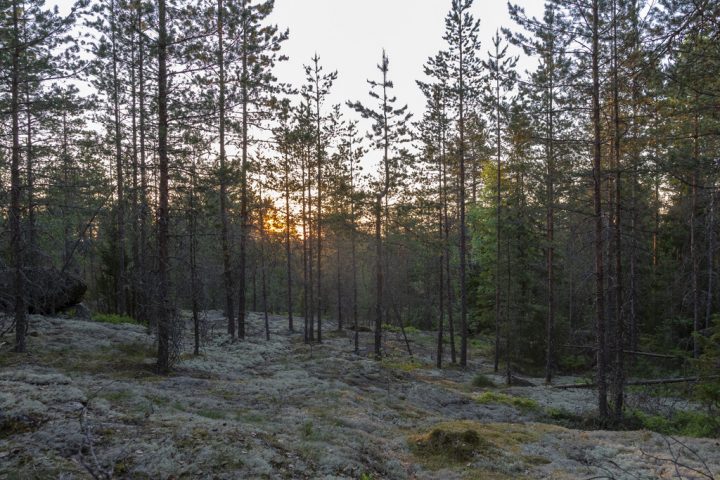
– The control bucks that were constructed in the autumn have needed small adjustments due to the ground frost. This spring has been rainier than last year, so the undergrowth in the terrain has grown rapidly, which might slightly slow down the fastest competitors. There are very few marshes or ditches. As a whole, the terrain is nearly ready for the competition. The controls will be prepared this weekend and the finishing touches will be applied during the final week.
With the support and help of the Defence Forces, a comprehensive TV-production network will be constructed in the terrain, including an online interval service. During the event, over 70 people will be working in the terrain as part of the TV/radio/online production team or supervising the control sites – over 200 people if you include everyone from the water stations.
– Obviously I am anticipating an exciting event. The course is sure to be challenging. The area is woodland with barely any man-made paths. The paths will be created during the competition by the feet of the previous runners. The marks from logging sites might help the orienteering, though. The woodlands are sparsely inhabited, and even then only at the margins of the competition area.
The access to and visibility in the terrain is variable and showcases the best, and perhaps the worst, of what the orienteering terrain of Tavastia has to offer.
– Naturally we have minimised the absolutely worst parts with careful planning. Cross-country fitness is very beneficial. Orienteering requires both navigational skills and extensive observational skills. One should ignore small-scale deviations (in this case meaning stones and smaller boulders) and concentrate on larger and more obvious landforms, Liuha continues.
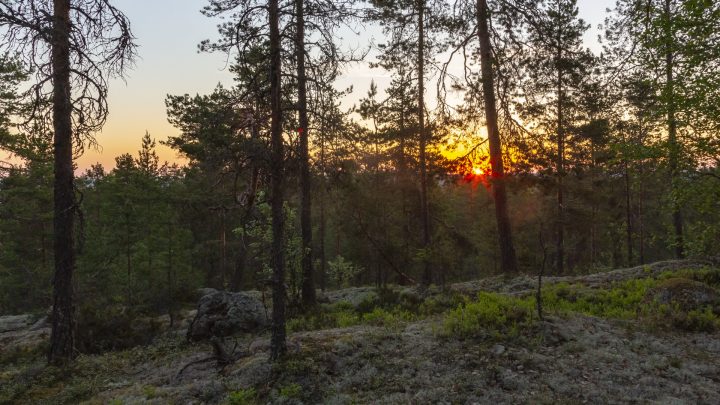
A lot has been invested in the TV-production and the course setters are expecting that the spectators at home and at the event will be offered nail-biting moments, following both the GPS-tracked teams and the competitors at chosen control points. YLE is heavily involved in the event and reports from each leg can also be heard on the radio.
– I am looking forward to an interesting and exciting weekend. Time will tell whether our plans were successful and what the competitors thought of our efforts, Laitinen comments.
Text: Outi Hytönen
Images: Antti Harkko, June 2018
